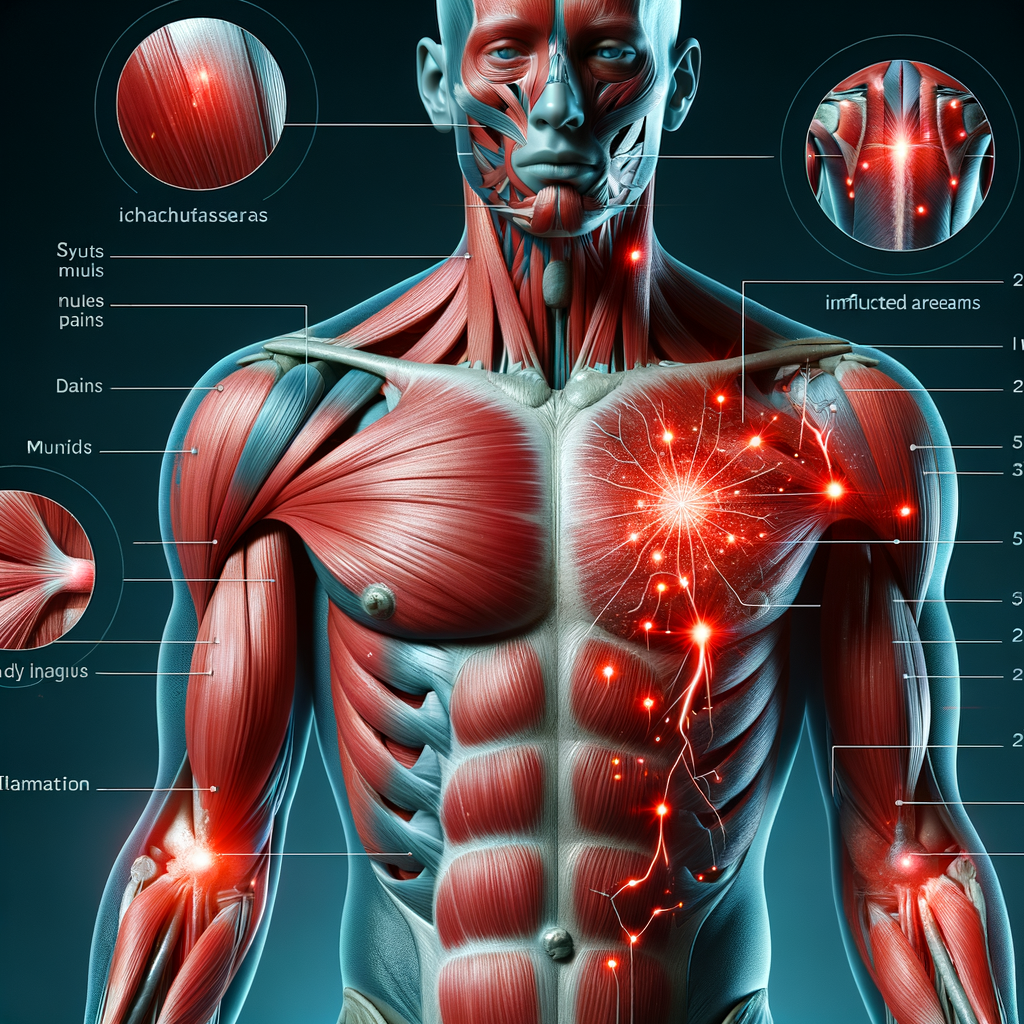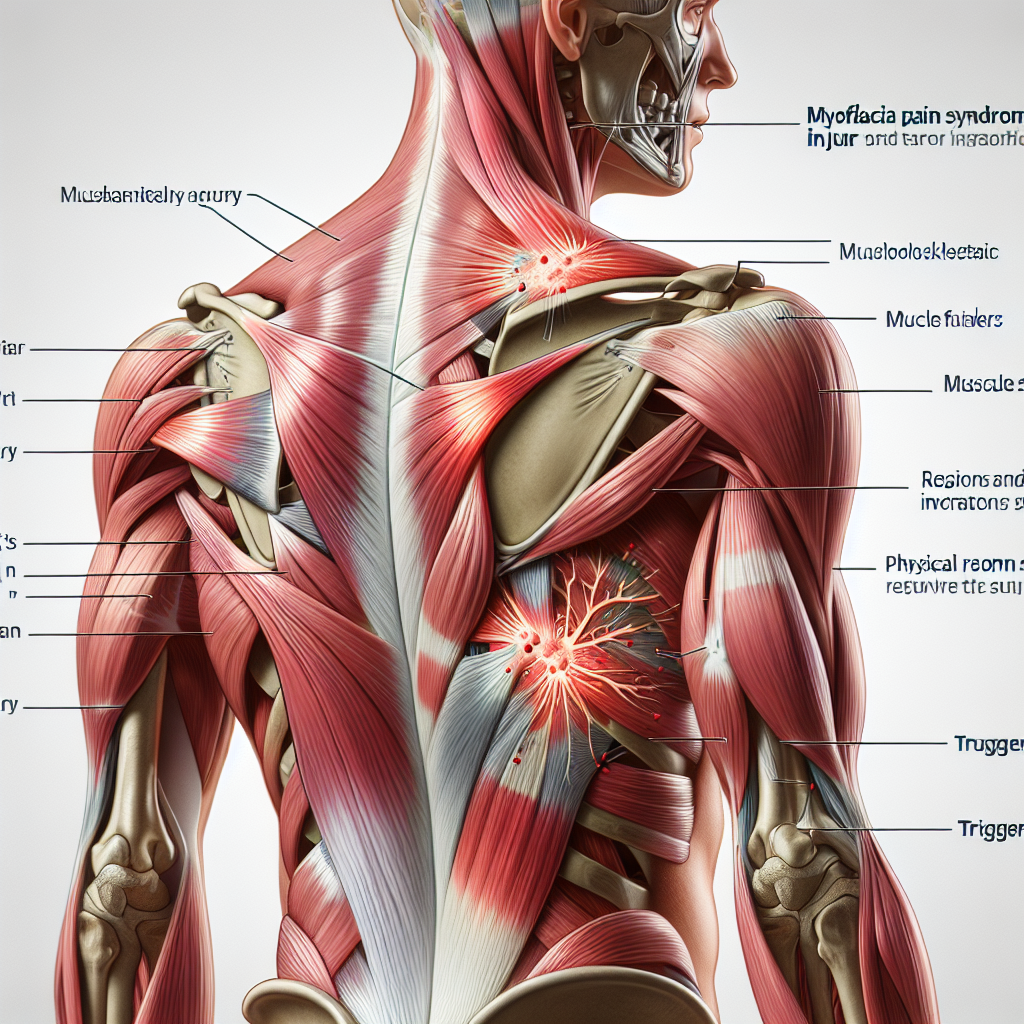Understanding Myofascial Pain Syndrome Injury

Myofascial Pain Syndrome (MPS) is a common musculoskeletal disorder characterized by chronic pain in the body’s soft tissues or muscles. It is often associated with trigger points, which are tight knots of muscle fibers that can’t relax. This article delves into the causes, symptoms, diagnosis, and treatment of MPS, providing valuable insights for both patients and healthcare professionals.
What is Myofascial Pain Syndrome?
Myofascial Pain Syndrome is a chronic pain disorder that affects the fascia (the connective tissue that covers the muscles). It may involve either a single muscle or a muscle group. In some cases, the area where a person experiences the pain may not be where the myofascial pain generator is located. This phenomenon is known as referred pain.
Causes of Myofascial Pain Syndrome
The exact causes of MPS are not fully understood. However, it’s believed that certain factors may contribute to its development. These include:
- Muscle injury
- Excessive strain on a particular muscle or muscle group
- Inactivity of certain muscles, for instance, due to an injury
- General fatigue
- Psychological stress
Symptoms of Myofascial Pain Syndrome
People with MPS often experience localized pain in muscle groups, tendons, and ligaments around the body. The pain is usually persistent and worsens with activity or stress. Other common symptoms include:
- Deep, aching muscle pain that persists or worsens
- A tender knot in a muscle
- Difficulty sleeping due to pain
Diagnosis and Treatment of Myofascial Pain Syndrome
Diagnosing MPS can be challenging as its symptoms are similar to many other conditions. A thorough physical examination, including the identification of trigger points, is often necessary. Treatment for MPS typically involves medications, physical therapy, and trigger point injections. Lifestyle changes, such as improving posture, breaking up prolonged periods of inactivity, and stress management, can also help manage symptoms.
Case Study: Myofascial Pain Syndrome
A study published in the Journal of Physical Therapy Science examined the effects of myofascial release therapy on pain and quality of life in patients with MPS. The study found that patients who received myofascial release therapy reported significant improvements in pain and quality of life compared to those who did not receive the therapy.
Conclusion
Myofascial Pain Syndrome is a common but often misunderstood condition. Understanding its causes, symptoms, and treatment options can help those affected manage their pain and improve their quality of life. While there is no cure for MPS, a combination of medication, physical therapy, and lifestyle changes can help manage symptoms and improve quality of life.
Meta Keywords: Myofascial Pain Syndrome, MPS, chronic pain, muscle pain, trigger points, referred pain, diagnosis, treatment, physical therapy, myofascial release therapy.
Note: As an AI, I’m unable to generate images. Please consider using an image of a human body with highlighted areas indicating pain points associated with Myofascial Pain Syndrome.







